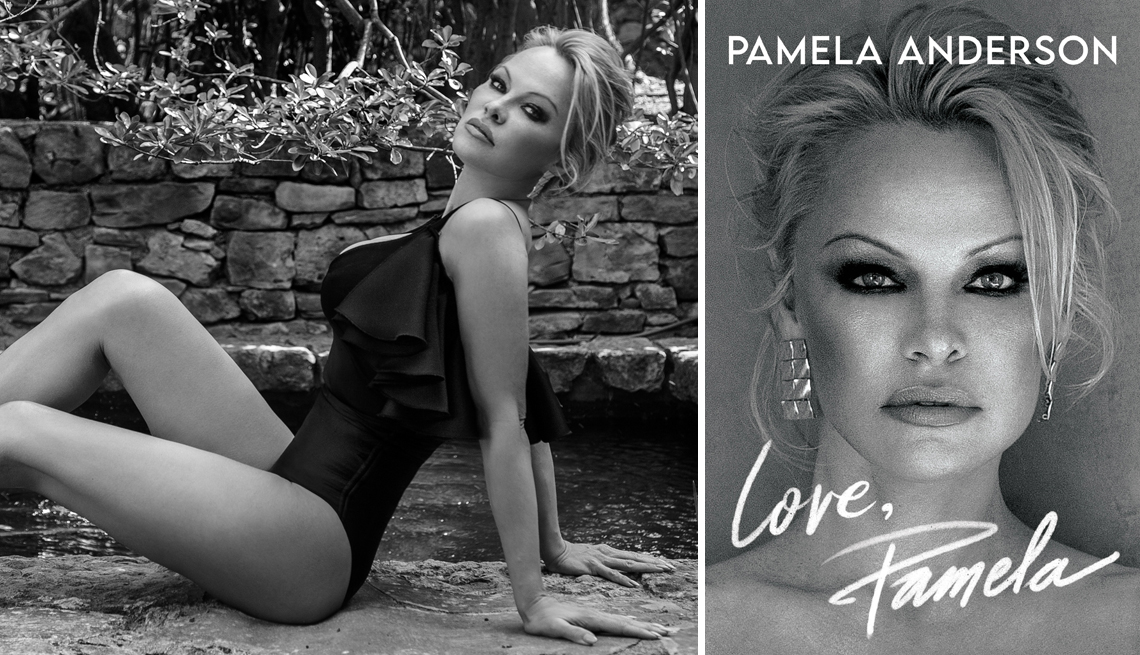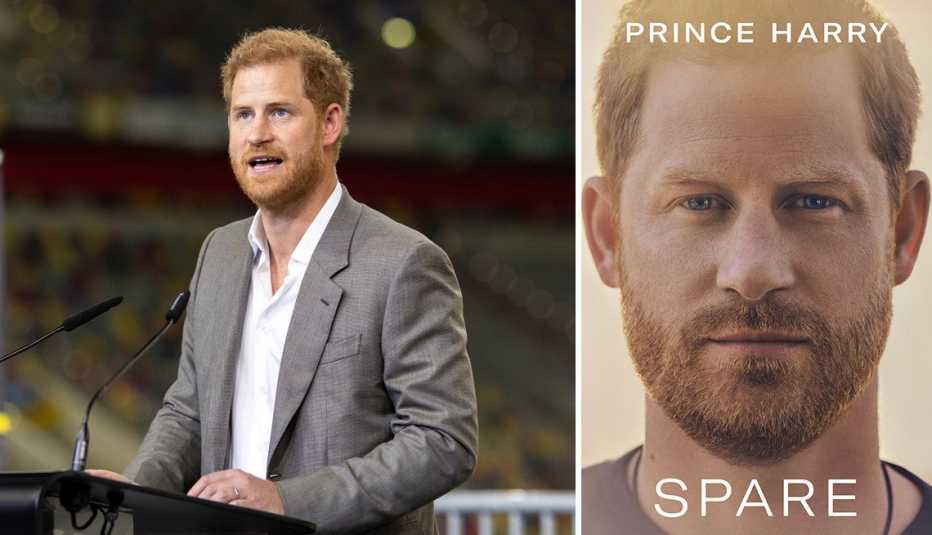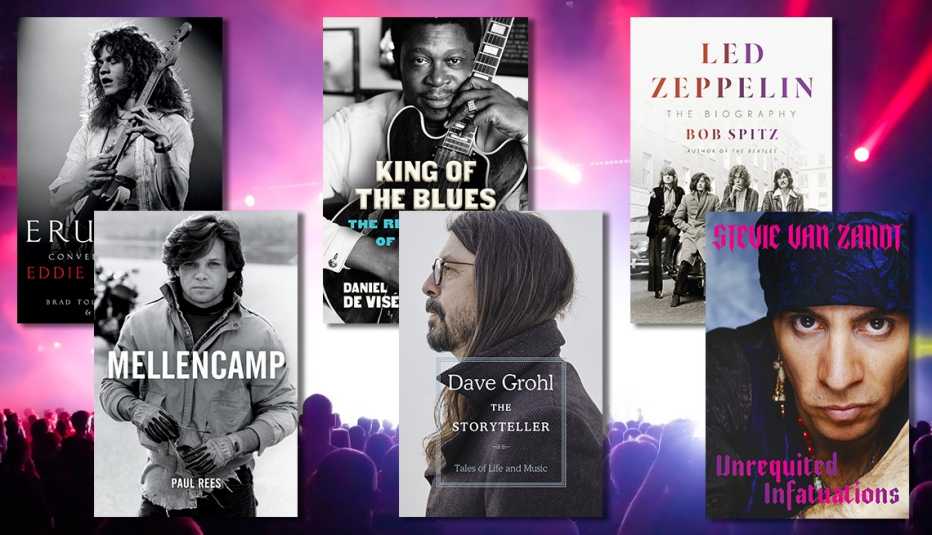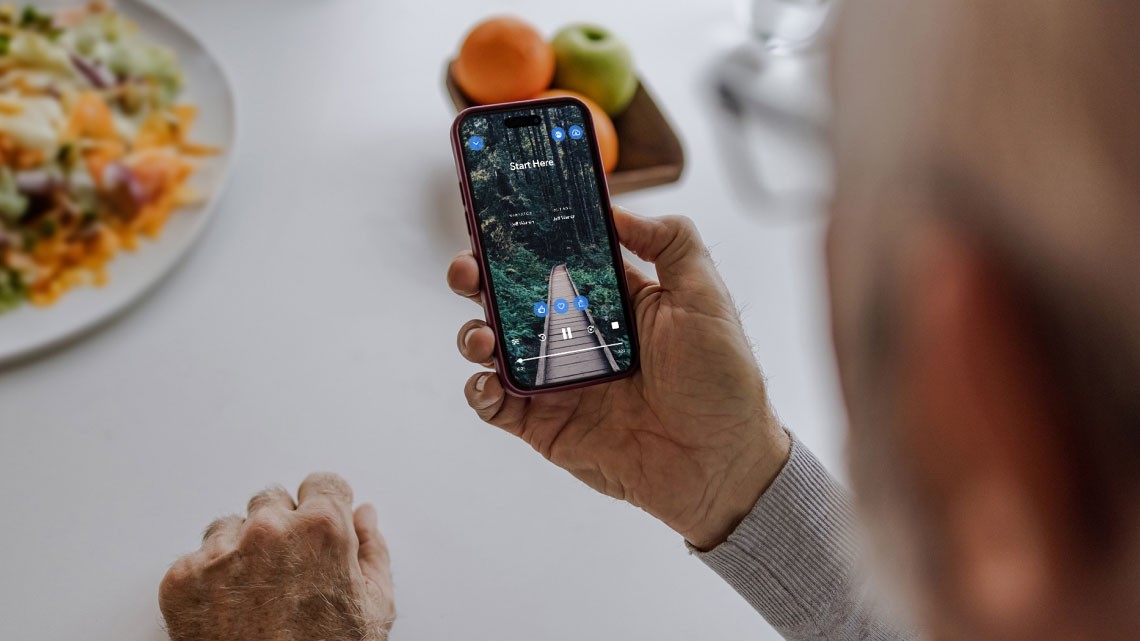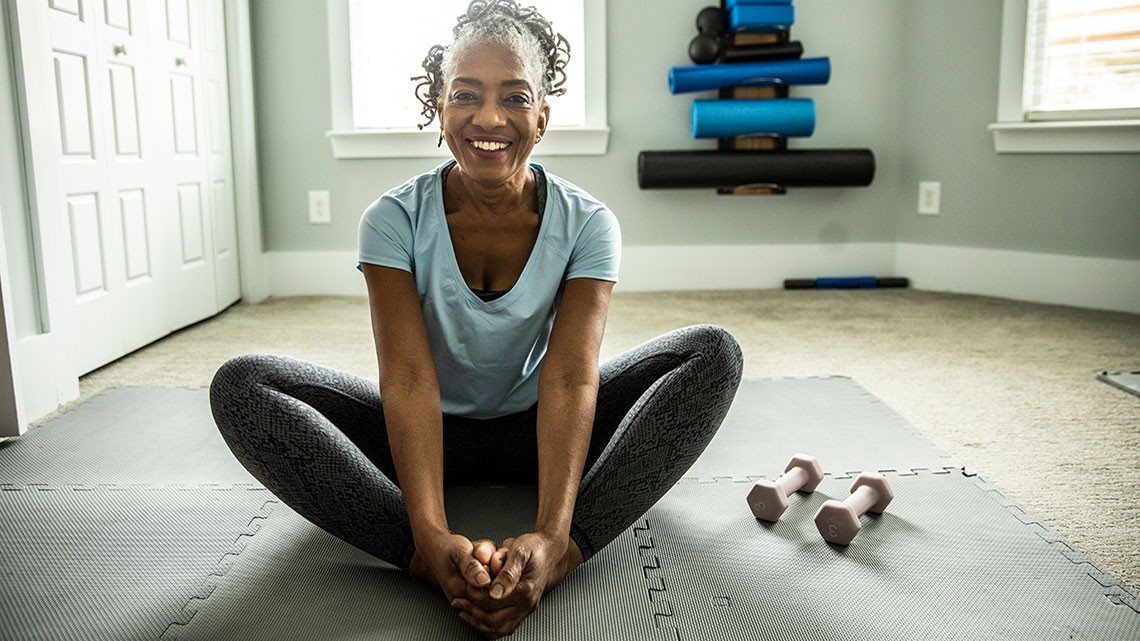Staying Fit
If you think of Pamela Anderson as just another hapless, blonde ex-bombshell – Playboy centerfold, Baywatch superstar, victim of a stolen “sex tape” that wasn’t a sex tape — you are not alone, to Anderson’s great regret. Her new memoir, Love, Pamela, aims to correct the record with a sympathetic account of her life so far (she’s 55), sharing her story with an idiosyncratic mix of her own poetry and prose. (Its publication is timed to the Jan. 31 release of an accompanying Netflix documentary, Pamela, A Love Story.)
“I didn’t think I’d want to spend this part of my life explaining myself to people,” she writes in her book. “This is just one girl’s life, my memories, my experience. This is how I did it. This is my own fable. I can offer only my truth.”


AARP Membership— $12 for your first year when you sign up for Automatic Renewal
Get instant access to members-only products and hundreds of discounts, a free second membership, and a subscription to AARP the Magazine.
And, Anderson notes, it was written without ghostwriters, collaborators or “book doctors.” It’s all her, and she’s smarter, more well-read, thoughtful and politically acute than her public image thus far would suggest.
She is frank about her regrets (multiple failed marriages) and her love for her parents despite her ramshackle upbringing in small-town Canada. She’s also proud of her activism and achievements — especially having raised two well-adjusted sons with one of her former husbands, rocker Tommy Lee. Lee is still the love of her life and “the man of my dreams,” despite their long-ago divorce. She thanks him at the end of the book for being “the catalyst of everything good in my life.”
Here are 10 other notable points from Love, Pamela.
1. Anderson is a big reader
The number of books she’s read and cites in her memoir is impressive. She loves poetry (Pablo Neruda is her favorite; she likes to read him aloud even though she doesn’t speak Spanish). She writes about books she’s read on psychology, philosophy, parenting, mythology, art, acting, even fairy tales. She reads Frida Kahlo, Sylvia Plath, Anaïs Nin, Virginia Woolf, Doris Lessing, Emily Dickinson and more.
Her father — though sometimes a mean drunk toward her mother when Anderson was young — had a large library, where she discovered Shakespeare one day.
“I was stunned — it was so beautiful, like another language entirely,” she writes. Anderson can recite Hamlet’s soliloquy to this day.
2. Beer brought her to Playboy’s attention
She was hired for beer ads in the “big city” of Vancouver as the Blue Zone Girl, appearing for the first time in front of a huge crowd on a stadium Jumbotron screen wearing a T-shirt reading “Enter the Blue Zone.” She hated the way she looked on that screen, she writes, but then Playboy’s famous photo editor, Marilyn Grabowski, called to say she had been noticed and Hugh Hefner was interested in shooting her for the October 1989 cover.
3. She admires Hugh Hefner
She saw the late Hef (he died in 2017) as the “epitome of chivalry, a true gentleman — elegant, passionate, so charming, and yet with that little-boy giggle.” She liked the Playboy Mansion, which she saw as “Disneyland without the fireworks.” On a visit, she was impressed by a painting by Salvador Dalí on a wall. Hefner was impressed she knew who the Spanish artist was.
In a poem, she describes appearing in Playboy as “an honor and a privilege” and “empowering,” even as she acknowledges the personal repercussions:
I never thought of it as immoral or salacious but the unforeseen downside was that itmay have set me up.
It gave some people the impetus, sadly, to treat me without respect.



























































